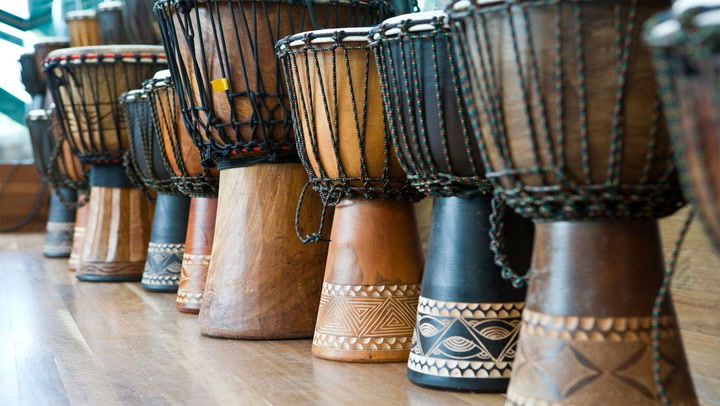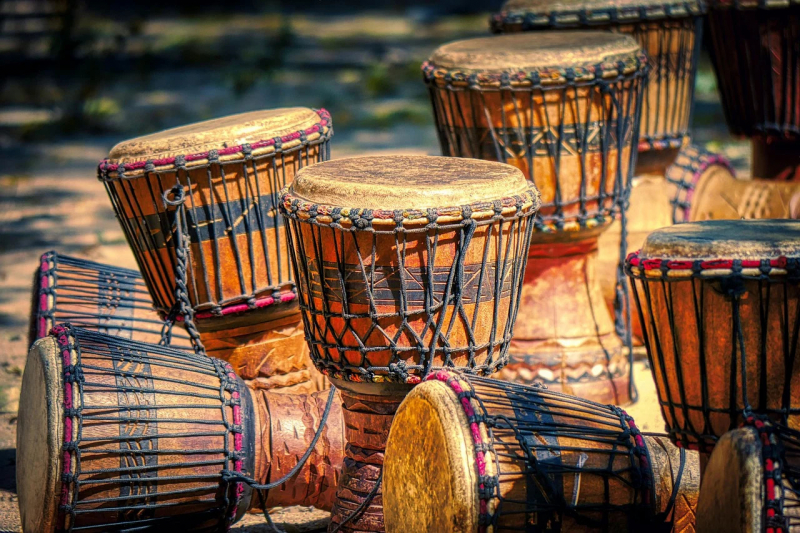Traditional music of Uganda
Baganda Music is one of Uganda's most amazing and amazing music genres. This is Baganda traditional music. They are the largest ethnic group in Uganda and live primarily in the central region. This traditional music is heavily reliant on various types of drums and percussions. Other instruments used in this type of folk music include the Akadinda xylophones, the Ennanga harp, the Etongoli lyre, and the Kadongo lamellophone. Musical scales are nearly pentatonic.
Abayudaya Music is the music of the Jewish people of Uganda. There are approximately 600 communities in small villages near the eastern Ugandan town of Mbale. Thousands of Jews lived in Uganda at the turn of the twentieth century, but many were forced to convert to Islam or Christianity. Recent contact with and economic assistance from Israel has boosted the entire region surrounding Mbale. Traditional music plays an important role in their lives, and they use it to keep and maintain their religion. The music is Jewish and African at the same time. The lyrics are in both Hebrew and Luganda (one of the main languages between them).
Kadongo Kamu is Uganda's most popular music genre. It was Uganda's first mainstream music. Kadongo Kamu translates as "one small guitar." The original versions of this music were performed by just one guitar, though other instruments were later added. The music is based on Baganda music, and the ideas for guitar playing and singing are inspired by some of the drumming styles and dances found in Baganda music. Fred Masagazi is regarded as Kadongo Kamu's father. Elly Wamala is also one of the founders of this music, though he later stopped performing it because he believed that many uneducated musicians played Kadongo Kamu. Paulo Kafeero is the most well-known composer and singer in Uganda's Kadongo Kamu tradition.









